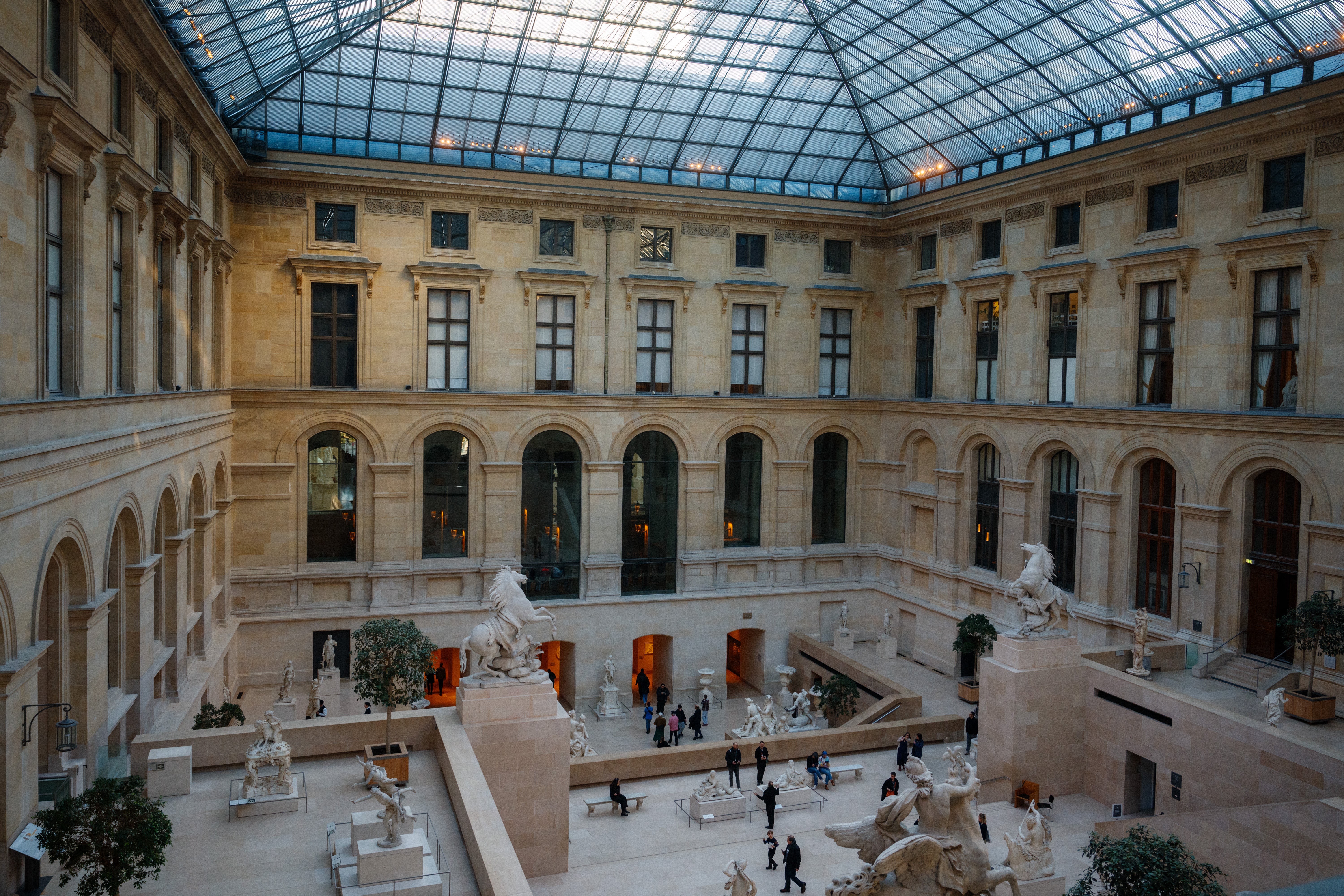The Louvre, the world’s most-visited museum, is in dire state and is asking for help.
Ther home to Leonardo da Vinci’s Mona Lisa has requested urgent help from the French government to restore and renovate its ageing halls and better protect its countless works of art.
Built in Paris in the late 12th century, the Louvre Palace for centuries was the official residence of the kings of France, until Louis XIV – weary of rebellious crowds in Paris – abandoned it for Versailles, after which it became a museum for the royal art collection in 1793.
Last year, the Louvre welcomed 8.7 million visitors, who all entered via the pyramid-shaped western entrance, designed by architect I.M. Pei, which itself has become problematic as its greenhouse effect makes the Louvre’s subterranean reception uncomfortably hot on summer days.
In a letter to Culture Minister Rachida Dati Louvre President Laurence des Cars warned that the centuries-old building is in a dire state, and pointed at problems with water leaks and “worrying temperature swings which endanger the conservation of works of art”.
A visit to the Louvre, the museum’s head wrote, has become “a physical ordeal”, with artworks being hard to find due to inadequate signage, lack of space for visitors to take a break, and insufficient food and sanitary facilities.

Designed to receive four million visitors a year, the Louvre saw record attendance of 10.2 million visitors in 2018, but des Cars – who was appointed in 2021 – has imposed a limit of 30,000 visitors per day in order to avoid overcrowding.
Overtourism factbox
Bali to Italy: 39 destinations cracking down on overtourism
- Numerous global destinations are implementing measures to combat overtourism.
- These measures include tourist taxes, entry fees, visitor caps, and restrictions on short-term rentals and cruise ships.
- Locations like Venice, Santorini, Amsterdam, Barcelona, and Bali are among those taking action.
- The initiatives aim to protect environments, infrastructure, and local communities from the negative impacts of excessive tourism.
- Protests and campaigns by residents are also playing a role in pushing for change.
- Read the full story.
Des Cars’ letter did not…
Click Here to Read the Full Original Article at The Independent Travel…
